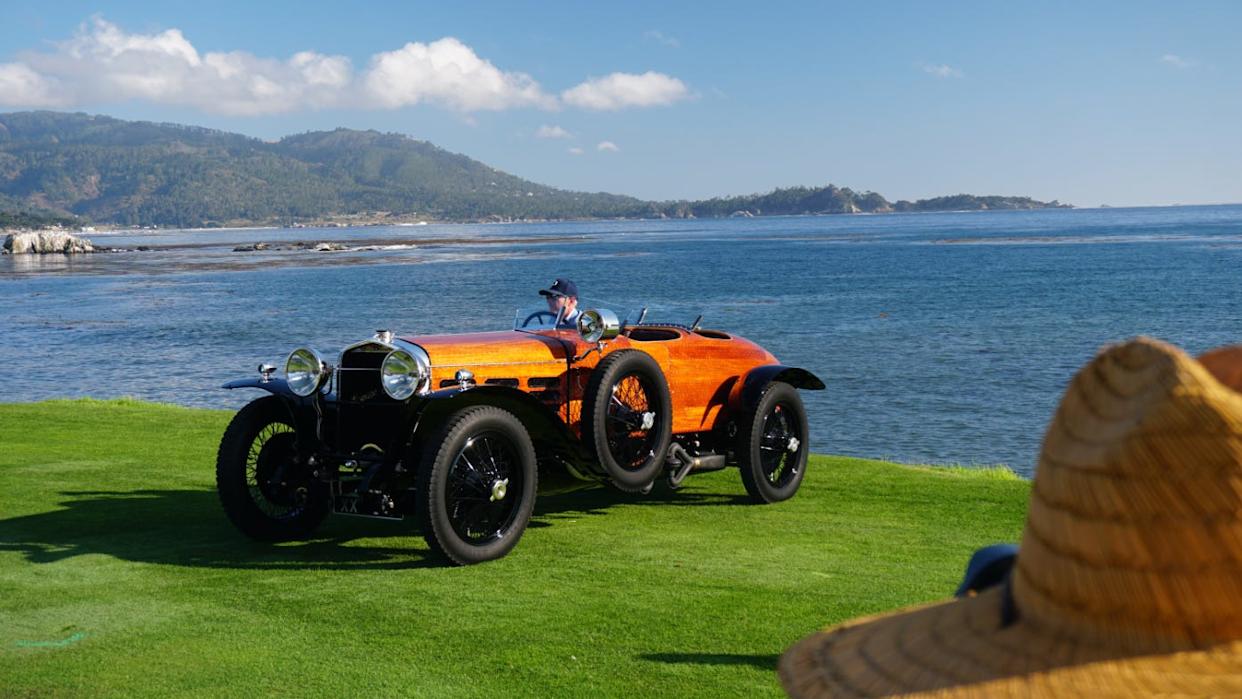
Wooden car wins Pebble Beach Concours.
1924 Hispano-Suiza H6C Nieuport-Astra Torpedo, known as the “Tulipwood,” is made out of mahogany.
Weather was great at the sometimes-cloudy 18th fairway this year.
It’s safe to say Lee Anderson likes wood. One source said he has something like 40 wooden boats scattered throughout three boathouses at different bodies of water around the country.
“I like wood,” he said.
So it was only natural what material Anderson would pick for his second Best of Show winner at the Pebble Beach Concours yesterday. It was an all-mahogany 1924 Hispano-Suiza H6C Nieuport-Astra Torpedo. The car he won with in 2022 was another torpedo, but not a wooden torpedo. This one was wood.
“It’s different, you know? How many do you see? Not very many.”
The so-called “Tulipwood” Hispano-Suiza was commissioned by apertif scion Andre Dubonnet as a race car. The aeronautically inspired bodywork was built by aircraft maker Nieuport-Astra, the same company that made fighter planes in WWI. Dubonnet placed sixth in the Targa Florio in the car and fifth in the Coppa Florio in 1924.
The mahogany itself is 1/8th-inch thick, laid over handmade plywood formed out of thin sheets of wood bonded by cadium, a glue-like substance made from cow’s milk. It’s the same stuff they use to make violins.
“It’s strong and waterproof,” said RM Auto Restoration’s Jamie Bourdeau, who was the woodman on the RM restoration crew.
Body Weighs Just 160 Pounds
“Wood was lighter than steel in the 1920s,” Anderson said. “The body alone weighs just 160 pounds.”
Most of the wood was in fine shape, even after 101 years. But some of the strips had to be remade.
“You can’t steam mahogany,” Bourdeau said, referring to a method where wood is softened by steam then bent into shape. “You have to cut it.”
He cut the new strips from blocks of mahogany using what he called a scythe, then mimicked pulling a blade backward in a trimming motion.
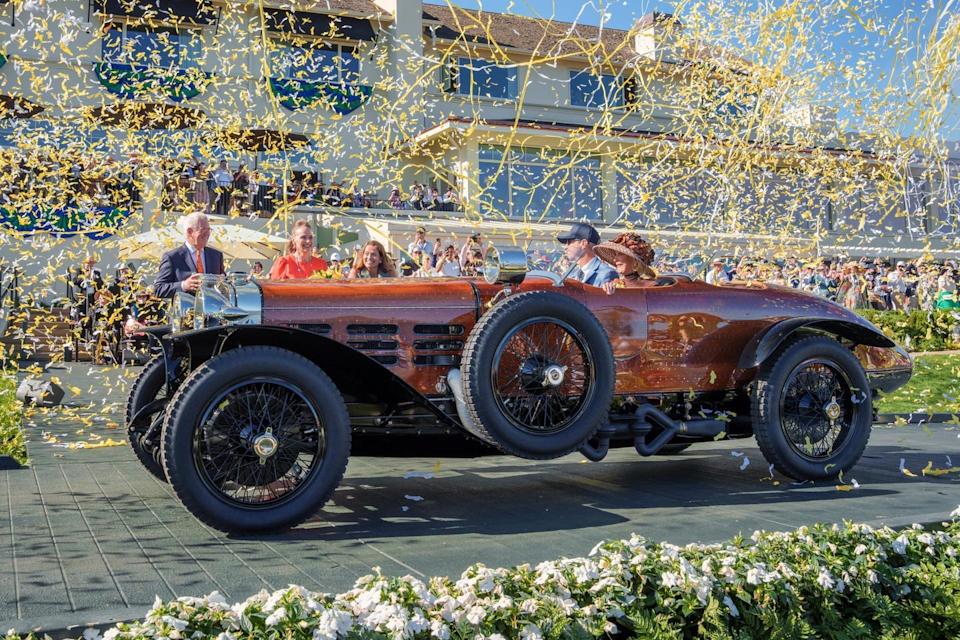
Unlike the plywood substrate, the wooden strips on the surface of the car’s body are held in place by aluminum rivets. Bourdeau said there are 10,000 rivets on the car.
The interior is lined with alligator, just as the original car was, and required 50 alligator hides.
The car is powered by an 8.0-liter overhead-cam inline six. All six cylinders are fed by a single carburetor and fired by twin distributors. When you look at the engine, you’re seeing polished aluminum and nickel plating.

“It has a lot of torque,” said engine man Charlie Kominek.
The restoration and the sale of the car at auction were both done by RM Sotheby’s auction house. It was RM’s ninth Best of Show winner at Pebble, three more than the second-place Nethercutt Collection and way more than anyone else.
The win also marks what may be the third offbeat win in recent years, following a 1954 Ferrari 375 MM in 2014 and an unrestored 1934 Bugatti Type 59 Sports last year. What is going on at Pebble?
Winners there are supposed to be French coupes from the 1930s with long hoods, swoopy fenders, and a cockpit way in the back. But for 2025 at Pebble Beach, wood is good just like it should.
Do you have experience working with any woody wagons, or fond memories? Please comment below.
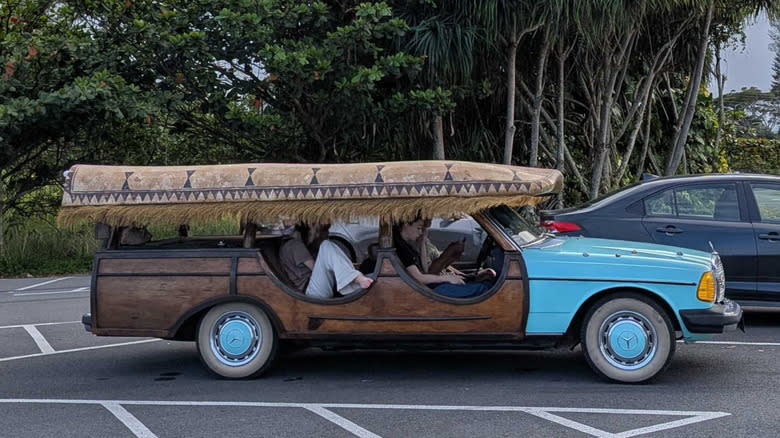
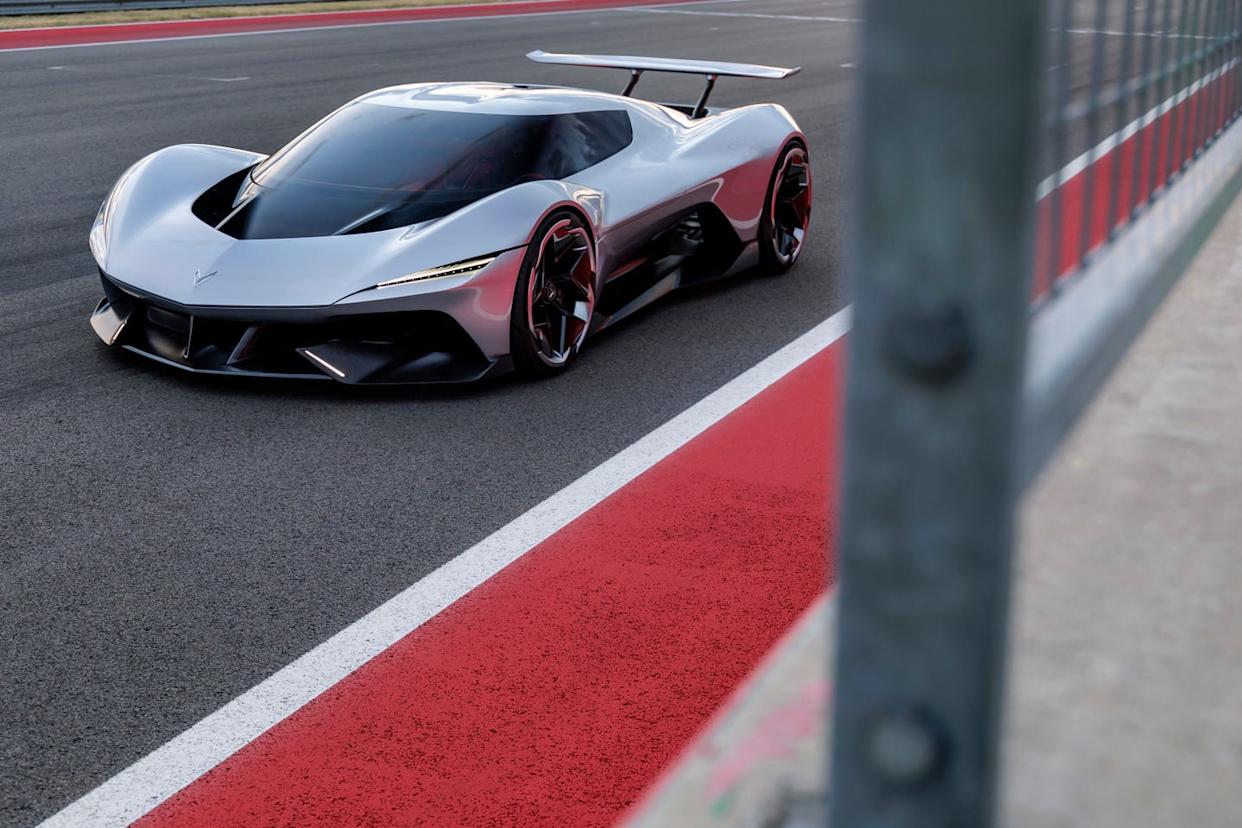
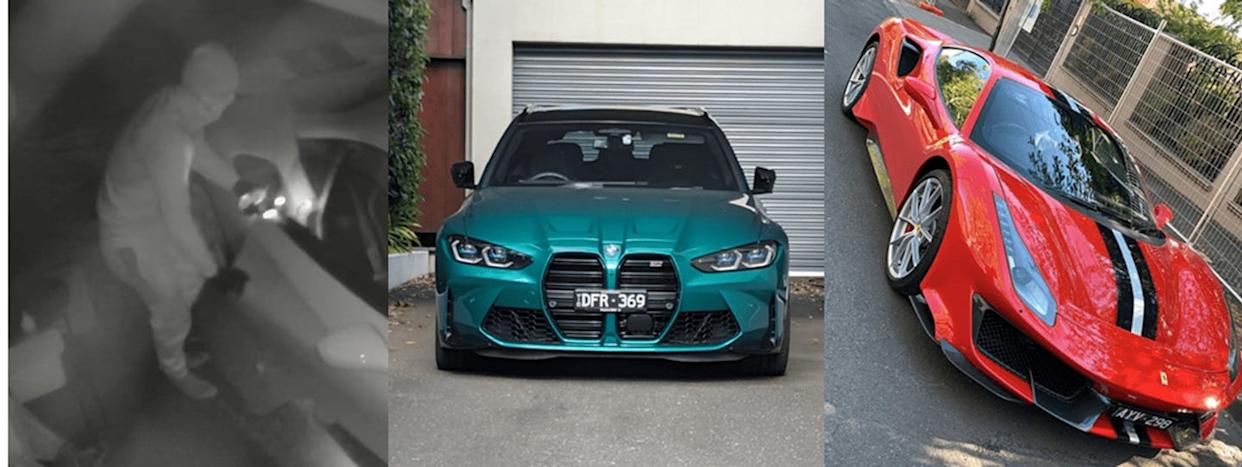
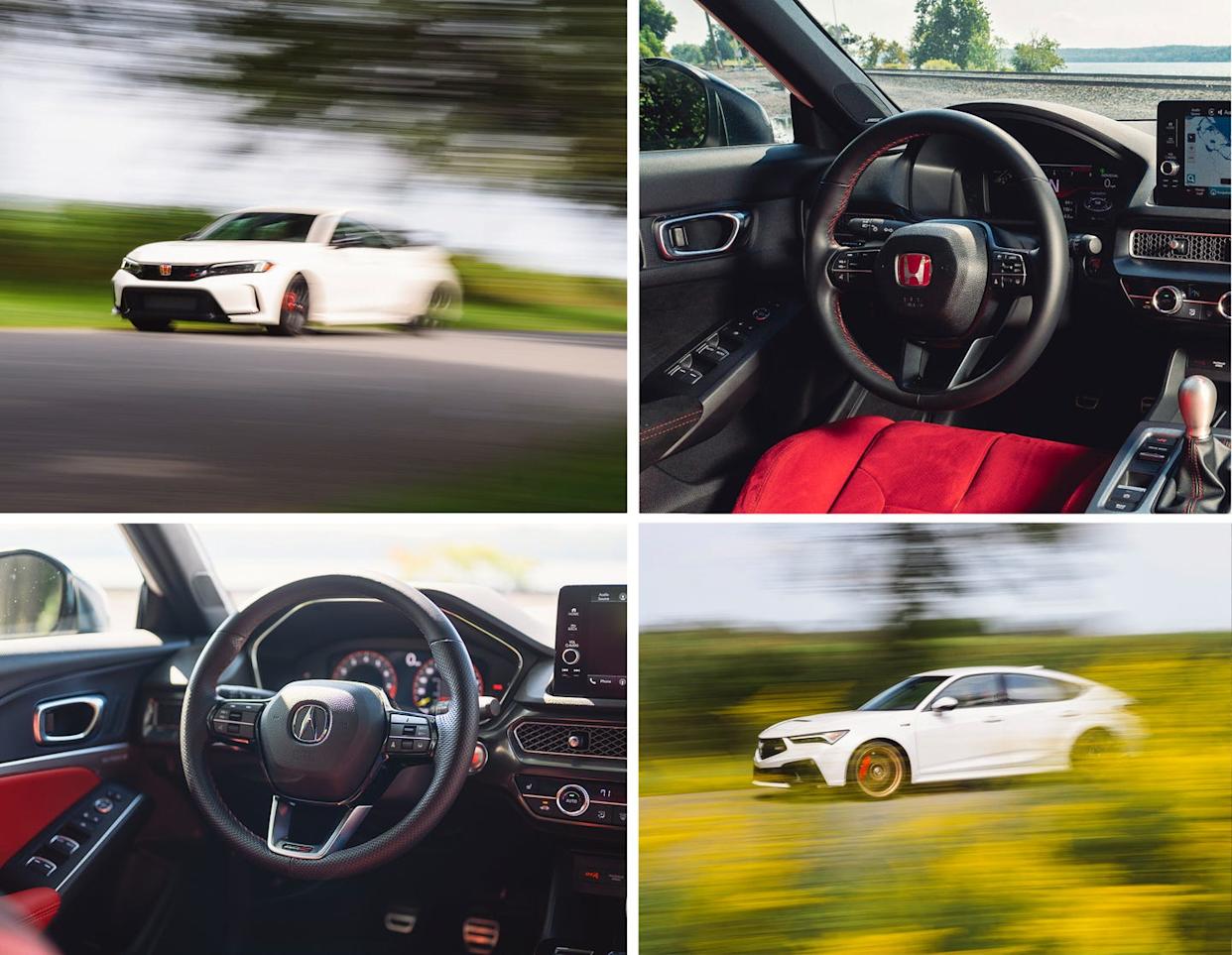
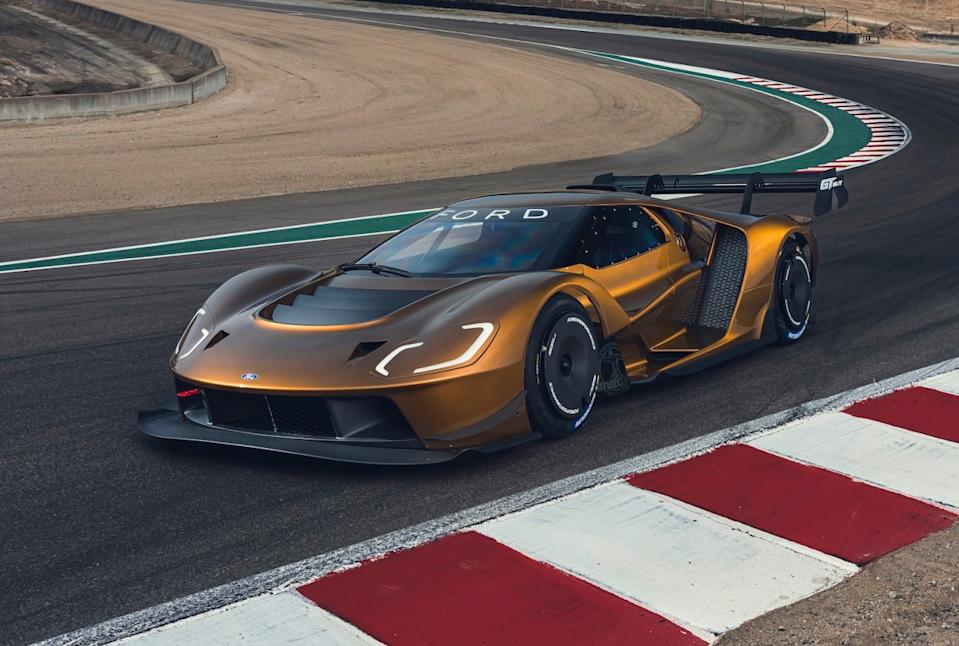
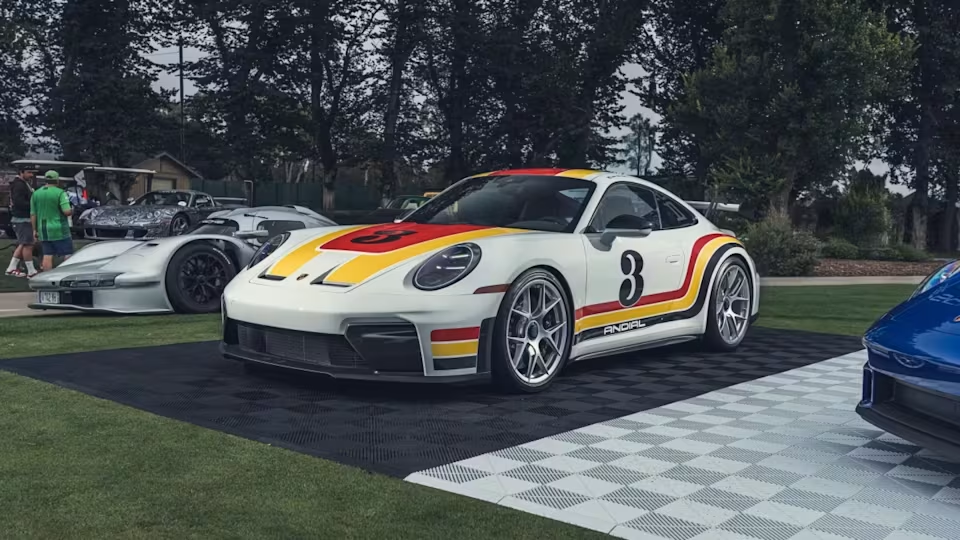
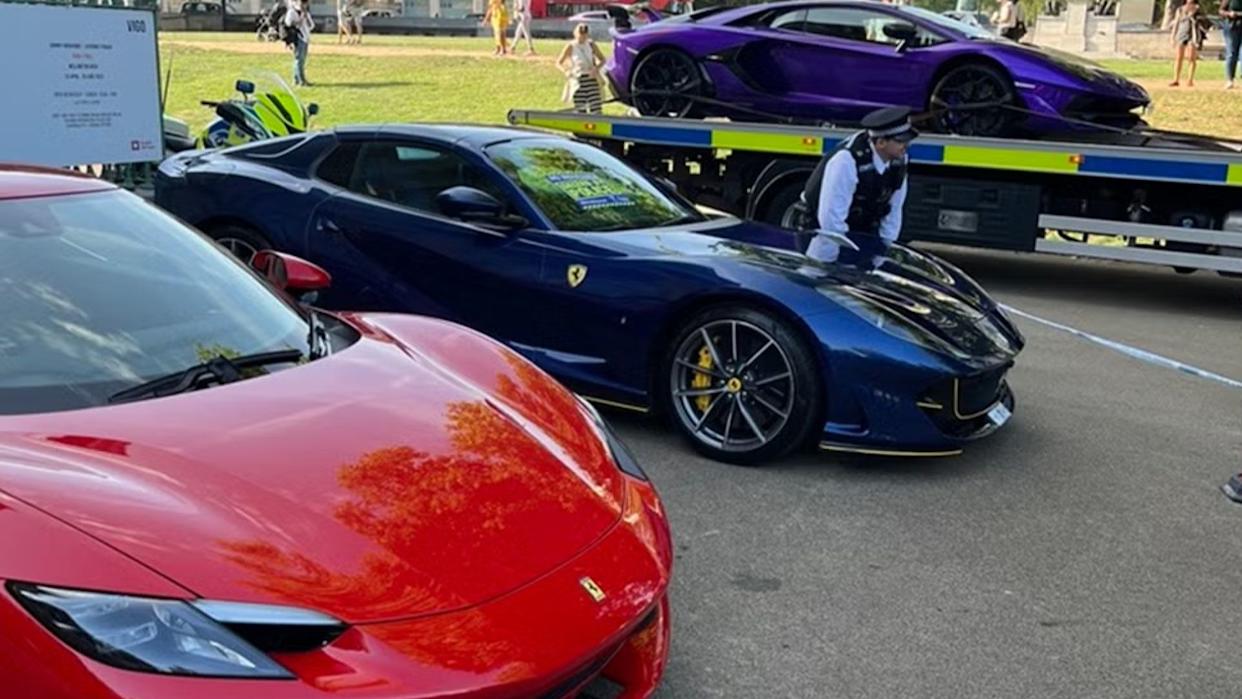
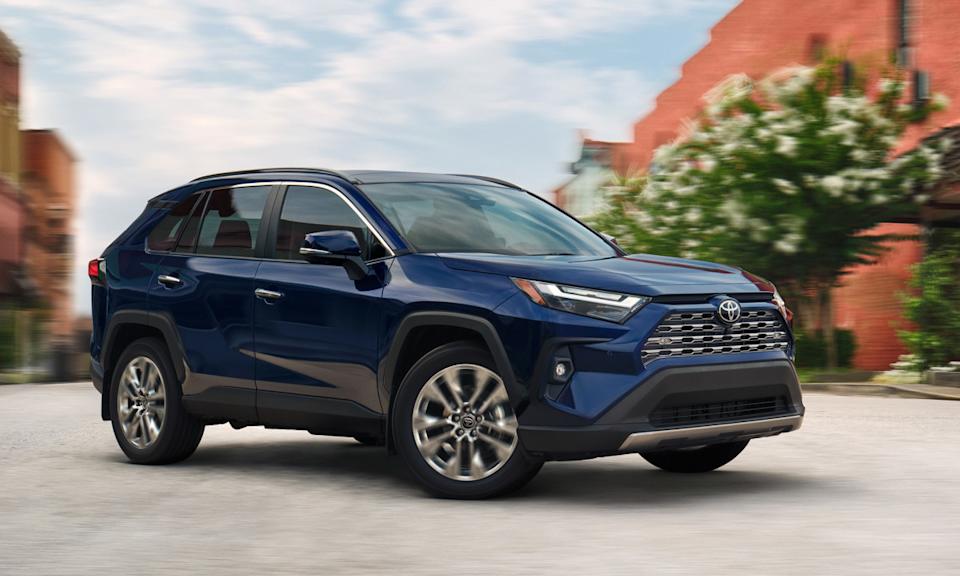
Comments